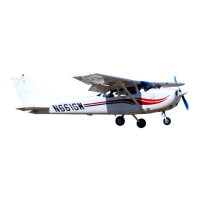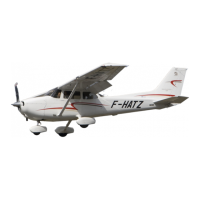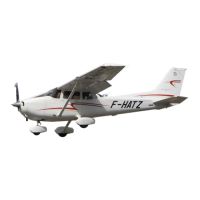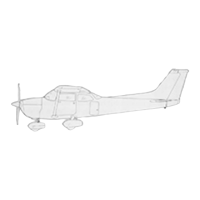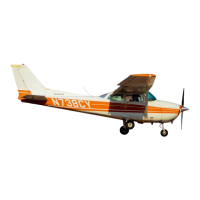CESSNA
MODEL 182T NAV
Ill
SECTION 3
EMERGENCY PROCEDURES
INTRODUCTION
Section 3 provides checklist and amplified procedures for coping
with emergencies that may occur. Emergencies caused by airplane
or engine malfunctions are extremely rare if proper preflight
inspections and maintenance are practiced.
Enroute weather
emergencies can be minimized or eliminated by careful flight
planning and good judgment when unexpected weather is
encountered. However, should an emergency arise, the basic
guidelines described in this section should be considered and
applied as necessary to correct the problem. In any
situation, the most important task is continued control of the
airplan
and maneuver to execute a successful landing.
Emergency procedures associated with optional or supplemental
equipment are found in Section 9, Supplements.
I
-
AIRSPEEDS FOR EMERGENCY OPERATIONS
ENGINE FAILURE AFTER TAKEOFF
Wing Flaps UP
.............................
75 KlAS
Wing Flaps 10"
-
FULL
.......................
70
KIAS(
MANEUVERING SPEED
............................
31 00 POUIVDS 11 0 KlAS
2600POLlNDS
............................
101KlAS
2100 POUNDS
.............................
91 KlAS
I
MAXIMUM GI-IDE
..........
3100 POUNDS
2600 POUNDS
..........
2100 POUNDS
..........
76 KlAS
70 KlAS
58
KlAS
I
PRECAUTIONARY LANDING WITH ENGINE POWER
.
70 KlAS
LANDING WITHOUT ENGINE POWER
Wing Flaps UP
.............................
75 KlAS
.......................
Wing Flaps 10"
-
FULL
70
KIAS~
U.S. 3-5

